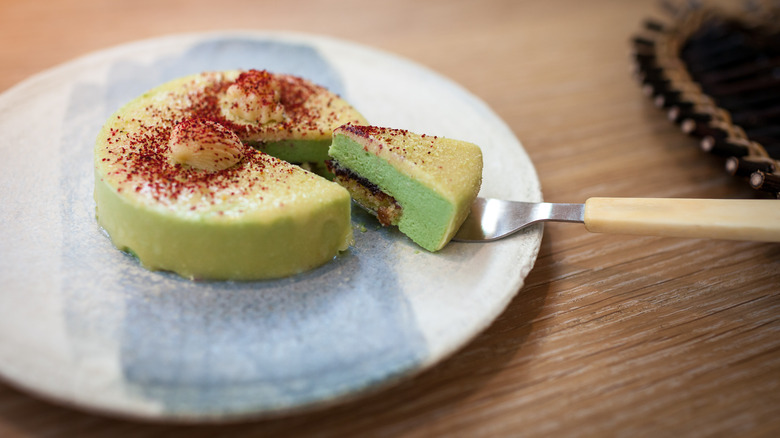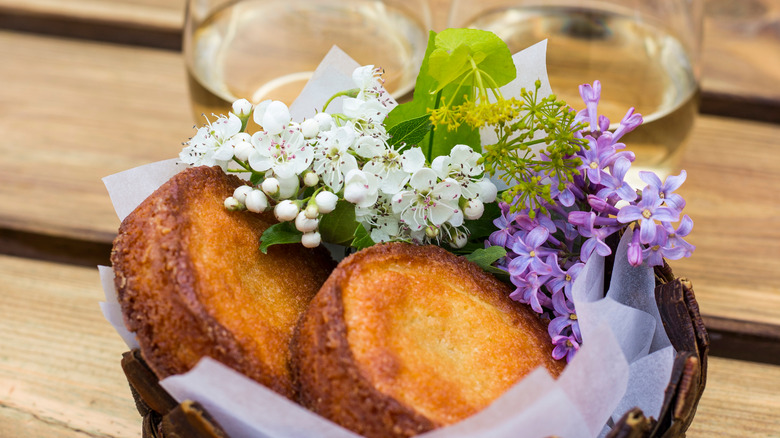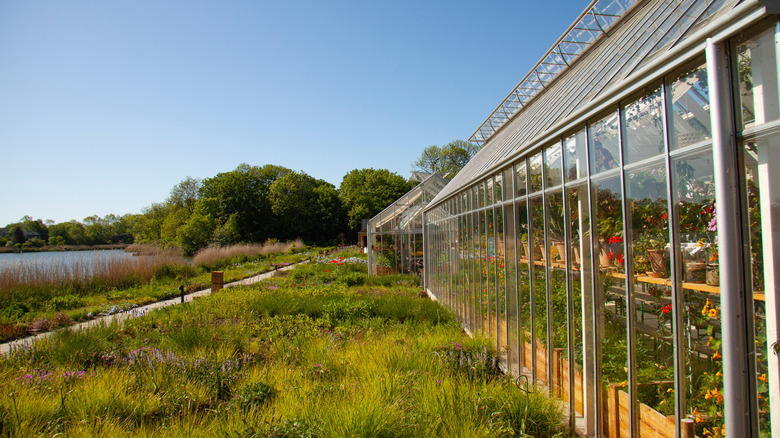How Noma Changed Nordic Cuisine Forever
Chefs dream of the success Noma has achieved, and only a few will achieve it in their lifetimes. Noma has repeatedly landed on World's 50 Best Restaurants list, wowing diners with carefully-planned menus crafted from seasonal ingredients. Most recently, the team received the coveted third Michelin star (via Grubstreet).
Trying to land a reservation at Noma is like getting into a sold-out concert, Business Insider reports, but you're not simply going for a meal; it's an entire experience. Those lucky enough to find themselves at the illustrious establishment will understand why the restaurant has been so richly awarded.
The 2003 brainchild of Danish food personality Claus Meyer and Chef René Redzepi, Noma has reinvigorated diners' palates by introducing them to cured delicacies and foraged flowers sustainably removed from Norwegian landscapes (via Food & Wine). Noma, a derivative of Danish words nordisk and mad, meaning Nordic and food, respectively, has become much more than a mere restaurant; it has become a movement (via Best Chef Awards).
A deliberate commitment finds eager audiences
Redzepi set out to produce dishes made strictly from Nordic ingredients (via Star Chefs). At the time, his decision was a deliberate step away from the highly-regarded French and Italian restaurants in the area. This path has brought an unexpected spark to fine dining (via Miele).
Traditional Nordic-style food preparation evolved from a climate that warranted advanced preparation; long, cold months and limited seasons for farming meant the need for preservation and storage (via Scandification). Noma's menu is arranged according to the season — during colder seasons, it showcases what can be taken from frigid seas. In the summer, it features plates with fresh vegetables and seasonal produce.
According to researcher Mark Emil Tholstrup Hermansen, an emphasis on seasonal ingredients and products native to Nordic communities is a defining feature of the contemporary cuisine called "New Nordic." Affiliated restaurants pride themselves on curating seasonal and locally-sourced products. But it's not just the menu that's making waves.
A manifesto becomes a movement
After Noma opened, notable chefs and food personalities came together to sign The Nordic Kitchen Manifesto, a 10-point document outlining a commitment to sustainable, ethical culinary practices. What started as a manifesto has turned into a movement. Meyer told the Nordic Co-operation, "In 2004 it looked like a revolution. Very soon, it will just be seen as a vehicle that has taken us to a new level of consciousness. It will slowly become a part of our educational system, how we teach our children about food, agriculture and cooking."
Since 2010, Meyer and Redzepi's Nordic Food Lab has conducted research and experiments on food and foraging. They've also opened pop-ups around the world and wrote an inspirational cookbook encouraging at-home experimentation. The 2015 documentary "Noma My Perfect Storm" dives deep into the restaurant and its philosophies. Creative Director of the World Restaurant Awards maintains that the Noma team has "exerted influence on their industry on a scale that only a few chefs and restaurants in history ever achieve" (via The Guardian). Thanks to Noma, Nordic cuisine — and the food industry at large — will never be the same.


